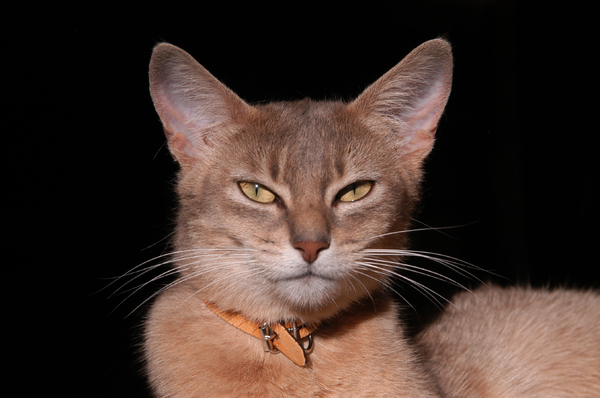Teaching Kittycats to Use the Litter Box: Tips and Techniques
Teaching Kittycats to Use the Litter Box: Tips and Techniques
Blog Article

Cat litter and litter boxes play an essential role in the lives of both cats and their owners. From the simple starts of sand and soil to the ingenious improvements of today, the world of cat litter has evolved significantly. In this extensive guide, we look into every element of cat litter and litter boxes, exploring their history, types, advantages, obstacles, and whatever in between.
The history of cat litter go back centuries, with ancient civilizations utilizing sand, soil, and even ashes as primitive litter products. Nevertheless, it wasn't till the mid-20th century that modern-day cat litter as we understand it emerged. In 1947, Edward copyright introduced the world's first business cat litter made from absorbent clay, revolutionizing the way felines relieved themselves indoors. Since then, cat litter has gone through many improvements, with the intro of clumping litter, silica gel litter, naturally degradable choices, and more.
Today, cat owners are spoiled for choice when it pertains to picking the ideal litter for their feline companions. Traditional clay litter remains popular for its price and efficiency in taking in odors. Clumping litter, which forms solid clumps when wet, simplifies cleansing and upkeep. Silica gel litter, composed of highly absorbent silica crystals, offers remarkable smell control and longevity. Biodegradable alternatives, such as recycled paper, wood pellets, corn, and wheat, attract environmentally mindful consumers.
Each type of cat litter uses distinct advantages. Clay litter stands out in its capability to take in moisture and control smells, making it a trusted choice for many cat owners. Clumping litter simplifies day-to-day scooping and extends the time in between complete litter modifications. Silica gel litter offers exceptional smell control and can last longer in between replacements. Biodegradable litters use a sustainable option that reduces ecological impact.
While Litter Box Mats cat litter boosts indoor feline hygiene, it is not without its obstacles. Dust from clay litter can position respiratory dangers for both cats and human beings, prompting the appeal of dust-free alternatives. Some felines may establish litter box aversion due to concerns with texture, fragrance, or cleanliness, requiring experimentation with different litters and box setups. Multi-cat households might need strategic litter box positioning and frequent upkeep to prevent territorial conflicts and ensure all cats have access to tidy facilities.
Choosing the appropriate litter box is necessary for promoting positive litter box routines and overall feline wellness. Factors to think about include size, accessibility, and style choices. Covered litter boxes offer personal privacy and help include odors, but some felines may discover them cat litter box enclosure restricting or frightening. Open-top litter boxes provide simple access and visibility but might result in more litter scatter. Automatic self-cleaning litter boxes enhance upkeep but need routine monitoring and maintenance.
Correct litter box maintenance is important for making sure a clean and welcoming environment for both felines and their owners. Daily scooping removes waste immediately, minimizing odor and preventing litter box aversion. Regular litter replacement, usually every EcoFriendly Litter Boxes 1-2 weeks, prevents bacterial accumulation and keeps optimal absorbency. Comprehensive cleansing with moderate detergent and water, avoiding severe chemicals that might hinder cats from using package, need to be performed monthly.
Cat litter and litter boxes play a central role in promoting a healthy and unified relationship between cats and their human buddies. With a diverse range of litter alternatives and litter box designs available, cat owners have the flexibility to customize their choices to suit their cats' preferences and family requirements. By understanding the evolution, types, advantages, and obstacles of cat litter and litter boxes, family pet owners can supply their feline friends with a comfortable and hygienic indoor environment.